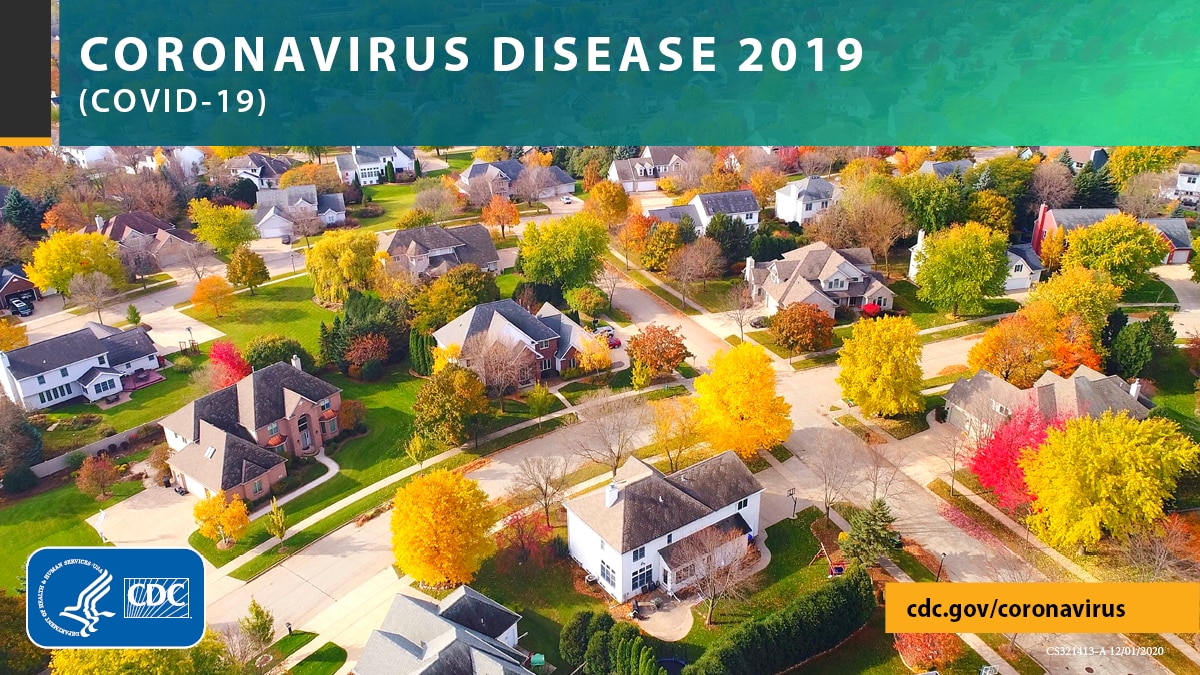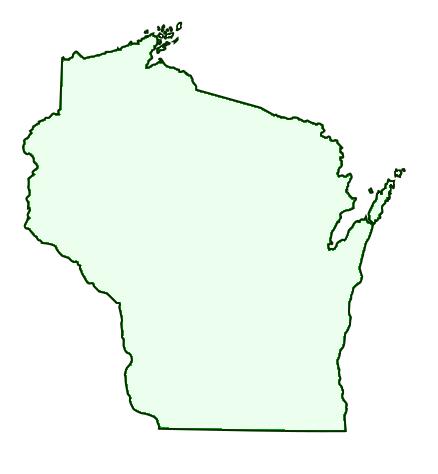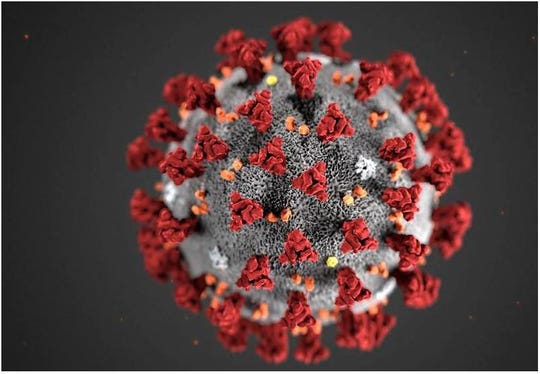Suggestions for Youth and Summer Camps
Written by COVID-19 NEWS on April 23, 2021

Introduction
Youth and summer camps can play an important role in the lives of children, including supporting their social, emotional, and physical development. Camps provide opportunities for children to try new activities, develop relationship and social skills, and be physically active. In addition to allowing for free play and unstructured learning, many camps also incorporate educational content, which can help prevent summer learning loss. The present guidance is intended to help camp administrators operate camps while preventing the spread of COVID-19 and protecting campers, their families, staff, and communities.
Camp administrators, in collaboration with state, local, territorial, and tribal health officials, can adapt the recommendations in this guidance to meet the unique needs and circumstances of the populations served. Implementation should be guided by what is acceptable, and tailored to the needs of each community. This CDC guidance is meant to supplement—not replace—any state, local, territorial, or tribal health and safety laws, rules, and regulations with which camps must comply.
This guidance is intended for all types of youth day camps with additional guidance provided for overnight camps. Organizations that provide summer day camps on school grounds should follow this guidance. Summer learning programs on school grounds should follow CDC’s Operational Strategy for K-12 Schools through Phased Prevention. Some K-12 schools may also require the use of their COVID-19 prevention measures for organizations hosting summer day camps on school grounds.
After reviewing this guidance, camp administrators can use CDC’s Youth Programs and Camps Readiness and Planning Tool pdf icon[492 KB, 9 Pages] to protect campers, staff, and communities.
COVID-19 in Children and Adolescents
While fewer children have gotten sick with COVID-19 compared with adults during the pandemic, children can be infected with the virus that causes COVID-19, get sick with COVID-19, spread the virus to others, and have severe outcomes.1, 2, 3, 4, 5 However, children are more likely to be asymptomatic or to have mild, non-specific symptoms; they are less likely than adults to have severe illness or die.6, 7 Children with underlying medical conditions are at increased risk for severe illness from COVID-19.
Consistent use of the multiple prevention strategies described in this document can limit the spread of COVID-19 in many settings, including camps and can help camps open safely for in-person activities.8, 9, 10






